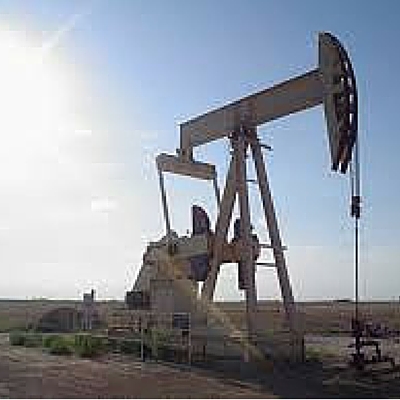Oil and gas producers have been punished for the better part of the past two years. Stock prices have slumped amid collapsing commodity prices, and their battered fundamentals have left many companies in perilous financial condition. This is especially true for companies that loaded up on debt to finance large acquisitions and asset deals while commodity prices were booming. When oil was at $100 per barrel, debt was cheap, and it was tempting for companies riding high on the commodity boom to undertake major mergers and acquisitions.
In hindsight, companies made disastrous decisions by overleveraging their balance sheets. This is now coming back to haunt them as bankruptcy risk is prevalent in the energy sector. For example, the financial media recently reported that two companies, Linn Energy (LINE) and Chesapeake Energy (CHK ) may be preparing to file bankruptcy.
This sent their stock prices plunging to multiyear lows. Linn Energy is in penny-stock territory now that its units trade for less than 40 cents apiece. Chesapeake isn’t far behind; its equity trades for less than $2 per share. The concern for investors is contagion risk, and which companies in the energy sector might be next.

Why Linn and Chesapeake Are Near the Brink
Linn and Chesapeake simply have more debt than they can likely repay with oil and gas prices at current levels. According to Linn’s most recent 10-Q filing, the company has more than $10 billion in long-term debt on its balance sheet, compared with just $344 million in cash. Similarly, Chesapeake held more than $10 billion in long-term debt. As it continues to lose money—the company lost $12.5 billion over the first three quarters of 2015—it’s bleeding cash. Chesapeake’s cash on hand has fallen from $4.1 billion at the end of 2014, to $1.7 billion at the end of last quarter.
It goes without saying that no company can operate at a massive loss forever. Investors had previously hoped that a recovery in the price of oil and gas would restore Linn’s and Chesapeake’s financial positions. But the possibility that a lower-for-longer commodity environment could be the new normal has sparked bankruptcy fears. Media reports indicated Linn and Chesapeake have hired law firms in preparation of bankruptcy filings, although both companies disputed those reports.
An Alarming Trend in Exploration & Production
For the most part, the trouble facing Linn Energy and Chesapeake is confined to upstream operators. These are the companies that engage the in discovery, exploration, and production of oil and gas. The reason why other energy firms like midstream pipeline operators or downstream refiners are not as negatively affected is because upstream companies are the most reliant on the price of oil and gas. Upstream firms need a supportive commodity price to economically justify their businesses.
This is not the case to the same extent for pipeline companies or refiners, which have qualities that shield them from falling commodity prices. For example, midstream companies operate like toll roads. Their pipelines earn cash flow based on volumes transported and stored, and not based on the commodity price. Separately, downstream companies actually perform better when the price of oil falls, because it reduces refining input costs.
Who Could Be Next
Therefore, the focus for investors should be on which upstream companies are in distressed enough financial shape that bankruptcy or a restructuring could be on the table. Companies like Vanguard Natural Resources (VNR) and Breitburn Energy (BBEP) are possible candidates. Vanguard and Breitburn have seen their equity prices fall by 87% and 93%, respectively as their fundamentals have deteriorated rapidly. Vanguard lost $16 per share in the past 12 months, while Breitburn lost $7 per share in the same time.
Each of these companies carries too much debt, which is the major driving force behind fears of insolvency. After acquiring two companies, LRR Energy and Eagle Rock Energy Partners, in October, Vanguard has $2.2 billion in total debt and just $19 million in cash. For its part, Breitburn Energy acquired QR Energy in November 2014 in a $3 billion transaction. At the time, the merger made Breitburn the largest oil-weighted MLP in the United States. But it also saddled the company with $3.5 billion in current total debt, with just $12 million in cash.
The Bottom Line
Bankruptcy risk is a very real possibility when it comes to highly indebted upstream exploration and production companies. These companies are losing billions of dollars and as a result may not be able to pay down their high debt loads. Investors need to understand the heightened level of insolvency risk before buying any of these stocks.





